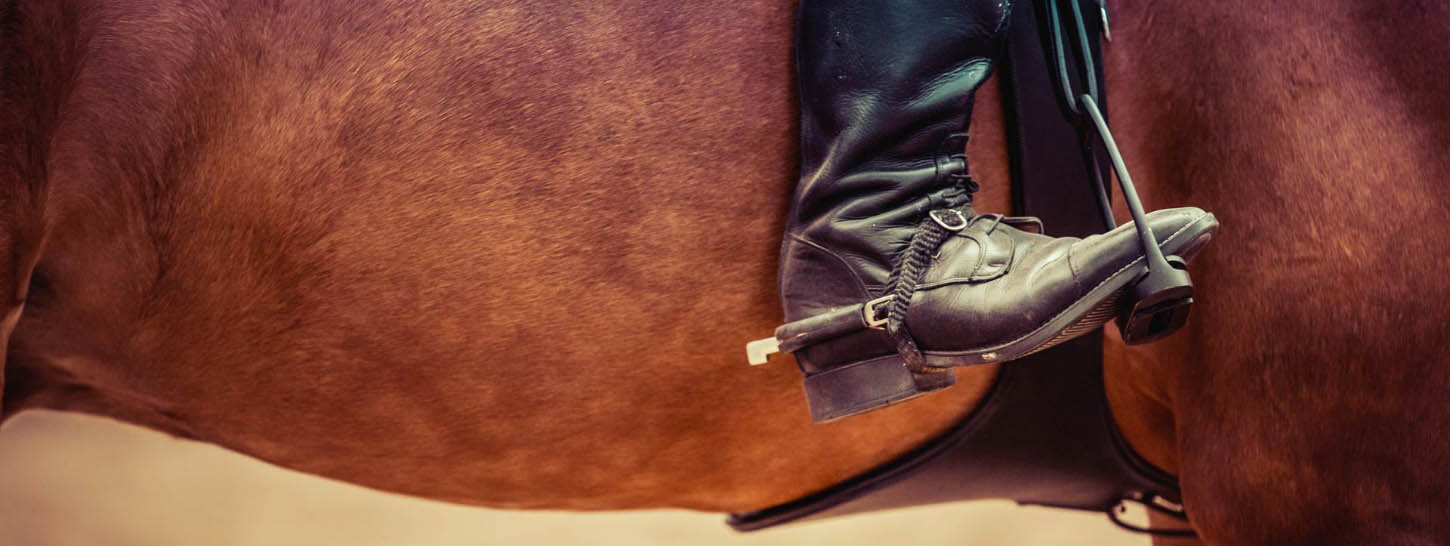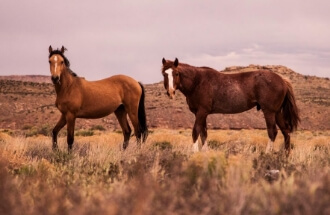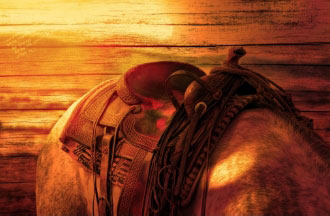
Exercise And Ongoing Training
Most horses and ponies will benefit from being kept fit by taking part in an activity that they are suited to and trained for. Whether leisure hacking at the weekend, fun rides, or more intensive training for equestrian competitions, regular exercise helps to maintain a good physical condition, promotes a healthy heart and lungs and stimulates an active mind. By working together on fitness and training, both rider and horse can benefit from an understanding relationship with mutual benefits.
General considerations
Whether it be hacking at the weekends or competing regularly, it is important to take into account the natural abilities of the horse as well as the rider’s own abilities and ambitions. Consideration should be given to what the horse is good at and enjoys, as well as what it is physically capable of achieving.
All horses and ponies should be kept sufficiently active to maintain their health and well-being. New horse keepers need to be realistic about the demands they may make on the horse and ensure it has a sufficient level of fitness and training to be healthy and happy, without becoming too demanding or difficult for a novice rider to manage.
Preparing for work
Before embarking on a new exercise or training programme, it is advisable for the horse to have a thorough veterinary health check to confirm that it is sound and healthy, especially if the horse has been out of work for some time.
If a horse is unshod and will be doing a lot of roadwork, it will probably need to be shod in the future. Whether shod or unshod, horses in work require more frequent hoof care by a farrier to ensure good foot balance and reduce the likelihood of hoof problems.
A professional saddle fitter should be engaged to check that the saddle fits well and the rider should be prepared to have this re-checked once the horse becomes fitter, since many horses will change shape once they are in work.
All tack should be checked for safety and fit; leather and stitching can soon perish if it has not been looked after correctly.
Badly-fitting tack can cause behavioural problems in a horse as a response to pain or discomfort, as well as actual physical injuries. If a horse shows an aversion to being caught or tacked up or behaved differently when worked, this may indicate a tack-fitting or ridden problem. A rider that is unbalanced in the saddle – sits heavily or crookedly – can affect the balance of the saddle and cause the horse discomfort. It is equally important that riders improve their own level of fitness and riding skills.
Progressive fitness
Each horse is an individual and will need to be managed as such. A fitness programme and ongoing training must be tailored to meet the needs of the horse and rider.
The key to any fitness programme is to start with little and often, gradually increasing the level of work and, if necessary, adapting the horse’s care and feeding accordingly.
Horses being ridden for non-competitive pleasure and leisure activities may not require any significant change in their management, as long as the horse has a routine to which it is suited. In other words, if a horse is happy living out with shelter and adequate grazing, this may not need to be changed.
It is helpful to record the horse’s achievements in a diary so that its progress can be monitored, noting whether a horse felt tired or gave the impression that it had plenty of energy. The diary can be used to record any setbacks or gains or when plans could not be carried out due to unforeseen circumstances.
All aspects of a horse’s health should be recorded and a weigh tape should also be used regularly to monitor the horse’s weight. Check the horse’s skin carefully where the tack touches it, since unfit horses will be unused to wearing tack and may get sores and rubs very easily. If left undetected, minor signs may soon become a significant problem.
On the road
Riders and horses should always wear fluorescent high visibility clothes when hacking out on the roads. Horses may benefit from wearing knee boots, especially when engaging in roadwork. It is important to remember that an unfit horse is more likely to brush (strike one leg with another), so brushing boots are advisable to protect the legs from injury.
Training on the ground
It is important to train a horse to be good to handle and lead in-hand. This will help when you receive visits from the farrier and the vet, and is important to practice for loading into a horsebox or trailer. This training is achieved through consistent and considerate handling. Plan to spend time with the horse when it is not being ridden. It is particularly important to spend time grooming the horse, which will help with its training because it will be expected to stand still and move over when asked.
Lunging
Lunging is useful for exercising and training a horse, and can be beneficial in teaching the horse balance, suppleness and responsiveness. It is also useful in the winter when the weather is bad or it is too dark to hack out. Incorrect or excessive lunging can create problems both physically and mentally and must be approached considerately following appropriate instruction.
Long-reining
Long-reining is a good way of developing balance, confidence and obedience in a horse. A greater level of skills is required of the handler to ensure safety, and consequently long-reining should only be used following appropriate training and risk assessment of the reactiveness of the horse.
Ridden training
Regular lessons from an instructor will benefit both horse and rider, helping to improve riding skills and develop a range of activities and exercises that can be incorporated into individual schooling sessions. The best riders in the world have trainers who help them to improve both their riding and the horse’s way of going. It is always helpful to get another opinion on how the horse is working to ensure correctness is achieved.
The benefits of having a well-schooled horse, even for the less ambitious rider, are immense. The horse will have improved balance, suppleness and obedience and be a more pleasurable ride. If the rider is confident and balanced, and the horse understands the ridden aids well, the partnership will become mutually beneficial.
Ideally, schooling lessons should be embarked upon only when both horse and rider are fit enough. Working correctly in the school can be strenuous exercise for both horse and rider, requiring a high degree of concentration and a good level of physical ability.
Choosing a trainer or instructor
Finding the right instructor will make the whole learning process more enjoyable. Before choosing an instructor, horse keepers should do some research locally, taking into consideration qualifications and training methods. It may be helpful to ask other horse owners to recommend instructors they use. It may be possible to watch a lesson that a particular instructor is giving 
as this is often the best way to really assess their teaching style.
It is also important for a rider to be clear from the outset about the goals to be achieved as this will help to evaluate the suitability of different riding instructors and will also help any instructor understand the rider’s expectations.
Ongoing training
Whatever level a horse has been trained to in the past, it will require ongoing training to improve suppleness and balance and continue to develop and maintain an equilibrium in the relationship between rider and horse.
This involves not only training when the horse is being ridden, but also its ability to be handled safely from the ground. It is important that all horses are taught to stand still when mounted, groomed and tacked up. Horses should have good stable manners and be easy to catch. Problems in these areas need to be dealt with at an early stage as they may escalate into ridden problems.
By maintaining, through exercise, a suitable level of fitness and undertaking appropriate ongoing training, horse and rider can enjoy a wonderful partnership.



